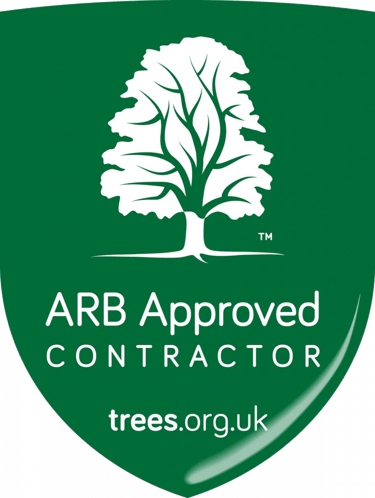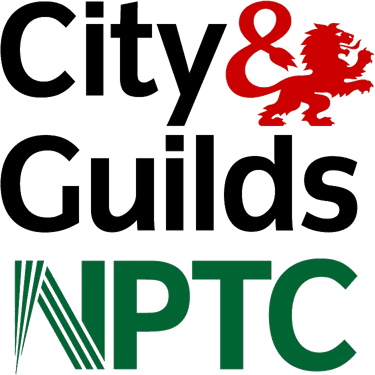Tree Surgery & Pruning in County Durham
We provide tree surgery in County Durham to keep trees safe, healthy and the right size. Services include crown reductions, lifting, thinning and dead-wooding, with tidy finishes and all waste removed.
Our Tree Surgery Services
Crown reductions to reduce height/spread
Crown lifting for drive and path clearance
Crown thinning to reduce weight and wind sail
Dead-wood removal for safety
Formative pruning on younger trees
Storm damage tidy-ups
How We Work
We inspect the tree, discuss aims (light, clearance, size, safety), and prune to good structure while protecting surrounding property. We advise on TPO/conservation rules where relevant.
Areas We Cover
County Durham and the North East, regularly working in Sunderland, Seaham, Chester-le-Street, Houghton-le-Spring, Hetton-le-Hole, Spennymoor, Darlington, Pity Me, Durham, Sedgefield and surrounding areas.
Please see our illustrations below of different kinds of tree surgery
Crown Lift
If you want the crown of your tree to be higher, or to let more light through to other plants below, a crown lift may be what you need.
By removing your tree’s lower branches, the canopy climbs higher, which helps to limit the extent of the shadow it casts on other plants nearby.


Felling
Simply put, this is the process of tree removal
Depending upon the location and species of the tree or trees you need to remove, it may be best to take them apart in pieces.


Pollarding
Pollarding is a method of pruning that keeps trees and shrubs smaller than they would naturally grow. It is normally started once a tree or shrub reaches a certain height, and annual pollarding will restrict the plant to that height.


Crown Thinning/Deadwooding
While it may seem a touch counterintuitive, sometimes the best way to support your tree’s growth is to make sure its canopy doesn’t get too big with crown thinning.
By removing dead branches and wood and pruning cross branches, you can decrease the size of the tree’s canopy, which serves several purposes.




Crown Reduction & Reshaping
Performed to reduce the height and spread of a tree by cutting back branches to reduce the size of the crown, typically by 20-30%. This is normally done to decrease “wind-loading” on the tree which helps prevent crown damage and breakages.
Stump Grinding/Removal
Once felled, the next step is often to get rid of the stump of the tree and any roots.
Stump grinding is more or less what it sounds like, grinding down a stump to remove the unprepossessing obstacle from a landscape.
This is a relatively simple and non-disruptive procedure.


Prices
Pruning work is quoted on the amount of reduction or lifting required, species and condition, and site factors like access for chipper/MEWP and nearby structures. Crown reductions, thinning, lifting and dead-wooding take different time and care; we’ll recommend the least invasive approach that meets your goal. Photo estimates available; fixed price confirmed on site.
Book a Free Quote
Call 07598 893566 or use our contact form.
Need a tree taken out? See Tree Removals.
FAQ – Tree Surgery & Pruning
What is the difference between crown reduction and thinning?
Crown reduction lowers overall height or spread by cutting back to suitable growth points. Crown thinning removes select internal branches to reduce weight and wind sail while keeping a similar overall size.
When is the best time to prune trees?
Most trees can be pruned in late winter to early spring. Avoid heavy pruning during bird nesting season and periods of active stress or extreme heat. We advise the best timing for each species.
Do you remove all waste after pruning?
Yes. All arisings are chipped or loaded and removed to licensed facilities, and we leave paths and driveways tidy.
Can you prune trees near roads or cables?
Yes. We use safe methods, rigging and traffic awareness to protect roads, fences and overhead lines, coordinating with utilities if required.
Do I need permission for pruning?
Trees with a TPO or those in conservation areas may require consent. We’ll advise what applies and help you check with the local council before work starts.









